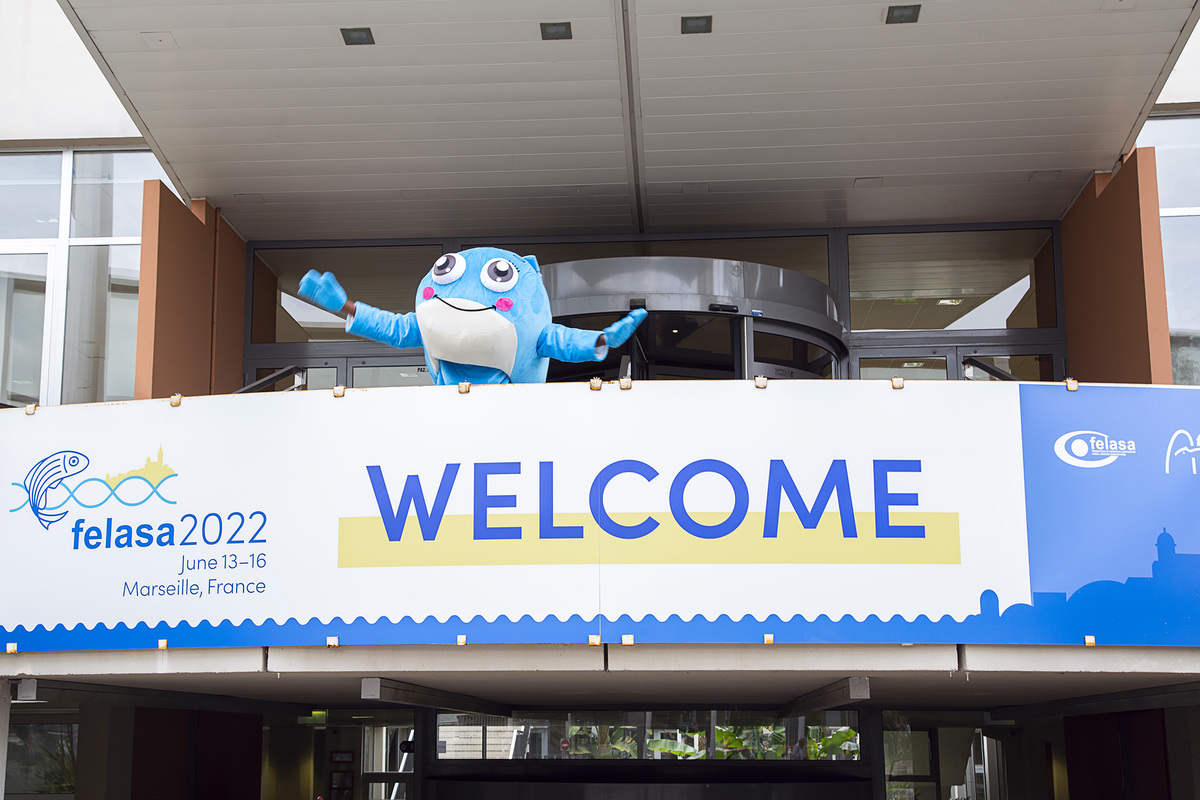
Transparency and communication strategies in animal testing
From 12 to 16 June an international congress on animal testing (FELASA 2022) is being held in Marseille, gathering together those who practice animal testing throughout the world. Listening to what is being said, we understand that claims of transparency put forward in the last few years are just a communication strategy to attract public favour.
Monday 13 June in Marseille. Two buildings, around fifteen rooms, a huge exhibition hall, and more than one thousand people. The FELASA 2022 congress, co-organised in Marseille by the French Association of Science and Technology in Laboratory Animals (Afstal), has clearly been a success. One Voice was there in order to hear what is being said on the most talked about topic of the year: ‘communication’.
Origins of ‘transparency’
Since February 2021, you have probably heard of the “transparency charter” on animal testing, produced by the Interprofessional Group of Reflection and Communication in Research (Gircor, a French animal testing lobby group). This charter is not a French invention, since a document of the same type was released in England in 2012 and numerous other countries followed.
If you think this is good news, think again: these charters look to change public opinion, which has become more and more negative towards animal testing in recent years. As the slogan of the congress says well, “it’s all about communication”.
‘Transparency’ methods
In fact, the president of the European lobby on animal testing insisted on the benefits of being ‘proactive’ in processing information during the open session. For example, the figures on animal testing can be obtained, negotiated, and broadcast quickly by lobbies, which allows them to put forward a message favouring their interests. Animal rights associations, who will take longer to communicate, therefore have no reverberation in the media.
At the heart of the lobbies’ message is the idea that animal testing is ‘vital’, ‘necessary’ for health and science, ‘well regulated’, and ‘managed’ by the ‘ethical’ principles of the 3Rs (Replacement, Reduction, Refinement). Affirmations that we find in transparency charters and on the websites of the majority of those who have signed these charters, with no more information.
Convince, convince, convince
Throughout the congress, a speaker from the University of Washington in Seattle defined transparency as ‘engaging’ the public on the subject of animal testing. But as was seen on the slides, the goal was in fact to win them over to their cause. Hence the project by this University to appoint a full-time person to work on its communication strategy on this subject.
After all, why spend money on developing alternatives when we can use it to manipulate public opinion?
Transparency… in private
Even though the common problems of animal testing are never mentioned in public, the context of the congress, between colleagues, loosens some tongues. The person responsible for an “organisation responsible for animal welfare” acknowledges for example that some colleagues still tell him regularly that they see no problem with mice being caught by their tail (something which causes stress for these animals).
And the informal discussions with French people present on site are just as interesting, in particular concerning the significant deficiencies in the evaluation and project authorisation systems…
Thus, after having scratched the surface of empty public speeches that aim to be reassuring, we still have a bitter taste in our mouths when it comes to those who still dare to talk about transparency in animal testing… in particular when we must systematically go through tribunals to obtain public documents.
This article is the first in a series which will present different aspects of the FELASA 2022 congress:
- Transparency and communication strategies in animal testing
- Language elements and rhetorical fallacies in animal testing
- The animal testing industry makes propaganda
- The ethical short-sightedness of animal testing
- Will there soon be more primates in laboratories?
Translated from the French by Joely Justice